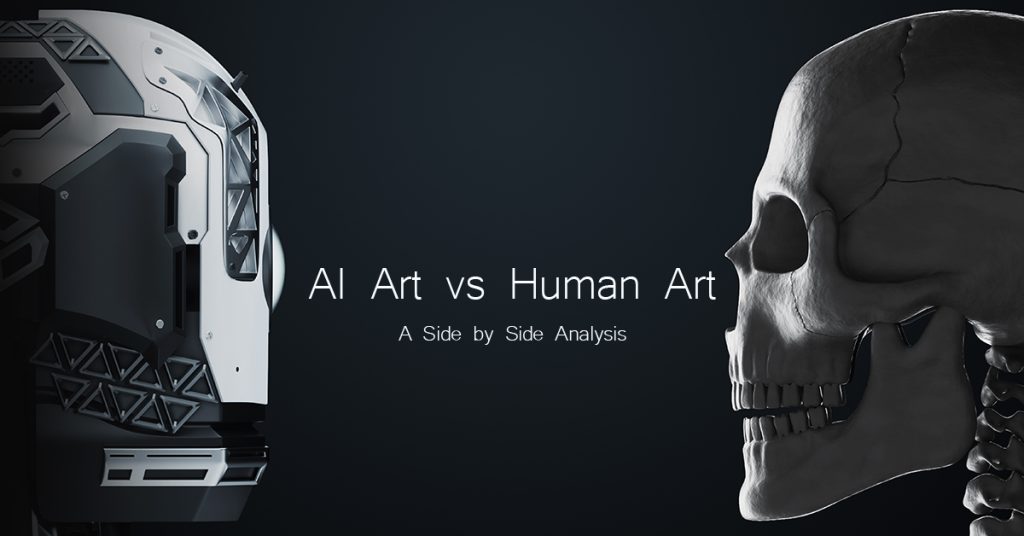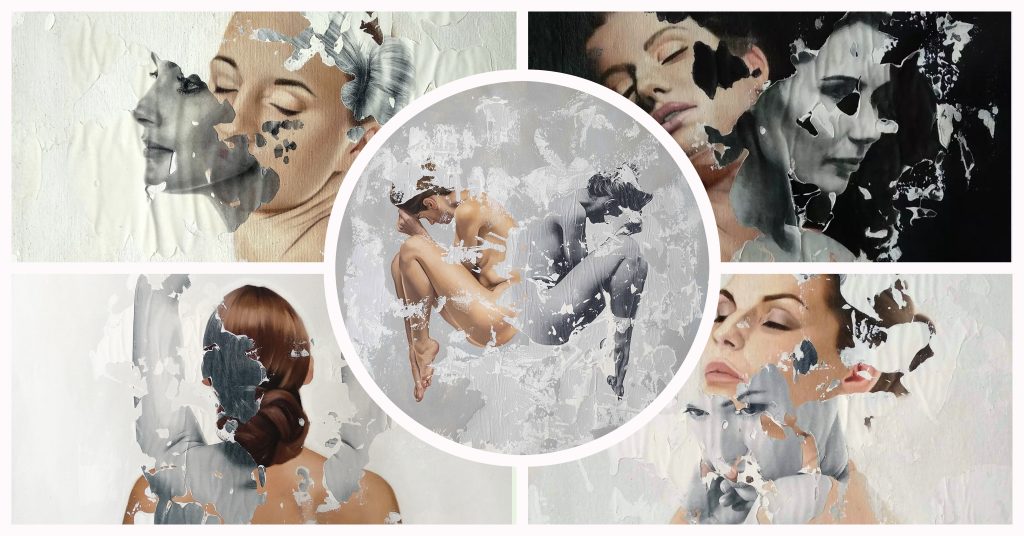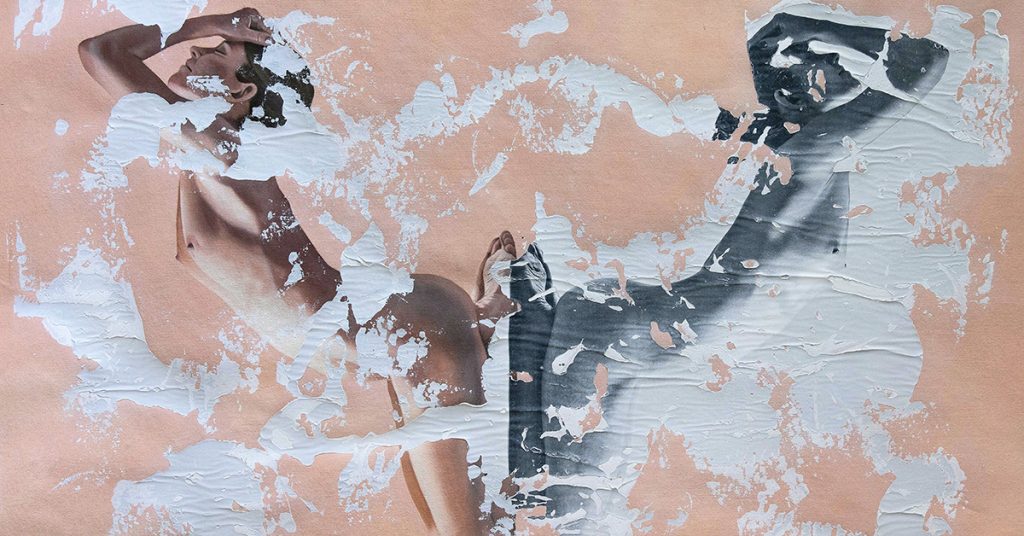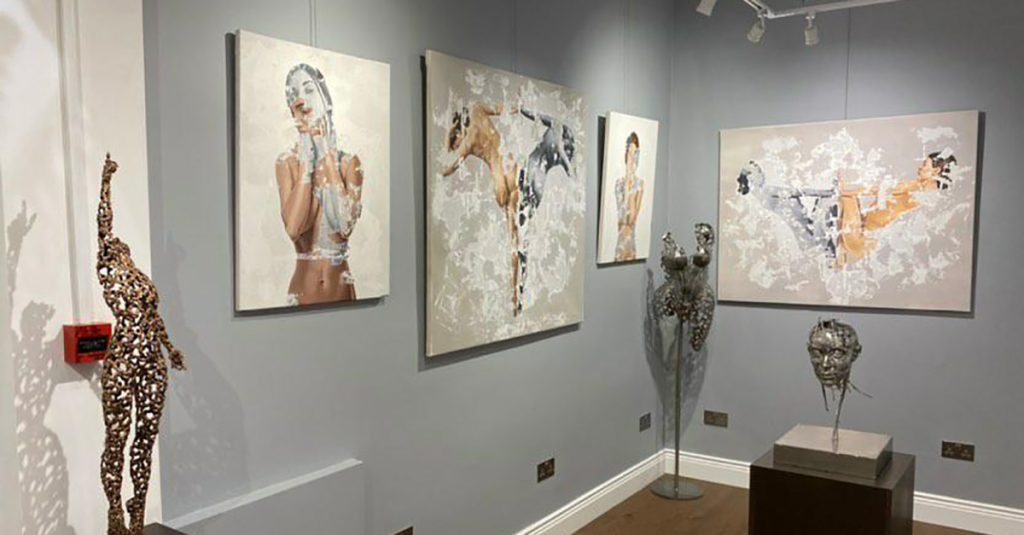- I. Introduction
- II. What is AI Art and How Does it Work?
- III. The Pros and Cons of AI Art
- IV. Can People Tell the Difference between AI Art and Human Art?
- V. AI Art and the Artist Community
- VI. How Do Artists Feel About AI Art?
- VII. Buying and Selling AI Art
- AI Art vs Human Art: The Ultimate Comparison
- Conclusion
- FAQs
I. Introduction
Art has always been a reflection of human creativity, emotion, and cultural expression. However, with the rise of artificial intelligence (AI), a new form of artistic creation has emerged, blurring the lines between what is created by human hands and what is generated by algorithms. In this article, we delve into the fascinating world of AI art vs human art, exploring the similarities, differences, and the implications of this evolving artistic landscape.
A. Definition of AI Art
AI Art, or Artificial Intelligence Art, refers to the creation of unique and diverse artworks, including paintings, graphics, sculptures, photographs, and digital images, using computer algorithms and AI techniques such as algorithms, machine learning, and neural networks. The use of AI technology enables the generation of these artworks either through programming the AI system to produce images or designs based on specific parameters or allowing it to generate its own creations without human intervention.
B. Overview of the topic
AI Art has been a growing topic of interest in recent years, attracting the attention of artists, art lovers, and the wider public. With the increasing capabilities of AI systems, this innovative approach to creating art has led to the generation of works that are sometimes indistinguishable from those created by human artists. Despite the excitement surrounding AI Art, it also raises complex ethical, legal, and artistic questions that have sparked debates about the definition of art, the role of the artist, and the future of art production. This article will delve deeper into the world of AI Art, exploring its features, benefits, drawbacks, and the impact it has on the art world. It will also examine the controversy surrounding AI Art and what the future holds for this expanding field.
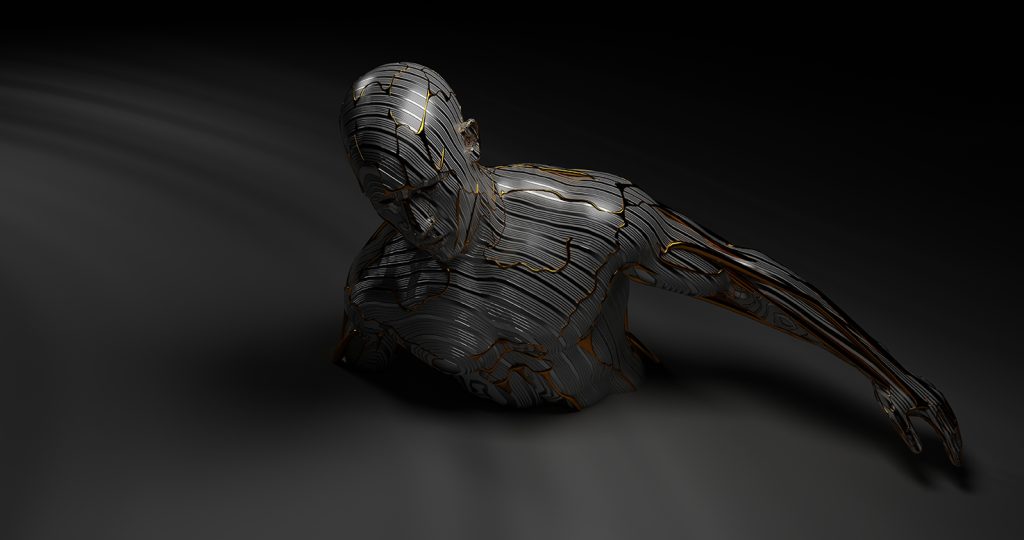
II. What is AI Art and How Does it Work?
A. AI Art Generation Techniques
AI Art is created using a range of techniques, including deep learning algorithms, neural networks, generative models, procedural rule-based generation of images using mathematical patterns, algorithms that simulate brush strokes and painted effects, as well as generative adversarial networks (GANs) and transformers. These techniques enable computers to analyze and generate art that mimics specific styles or genres, or produce completely new and unique artworks.
B. Tools and Software Used for AI Art Creation
Artists use various tools and software, such as Jasper Art, DALLE -2, Stable diffusion and many more to create AI Art. These programs offer endless possibilities for creative expression and allow artists to generate their own AI Art or manipulate existing works to produce new pieces. Additionally, there are numerous online communities and forums where artists can share and discuss their AI Art creations.
III. The Pros and Cons of AI Art
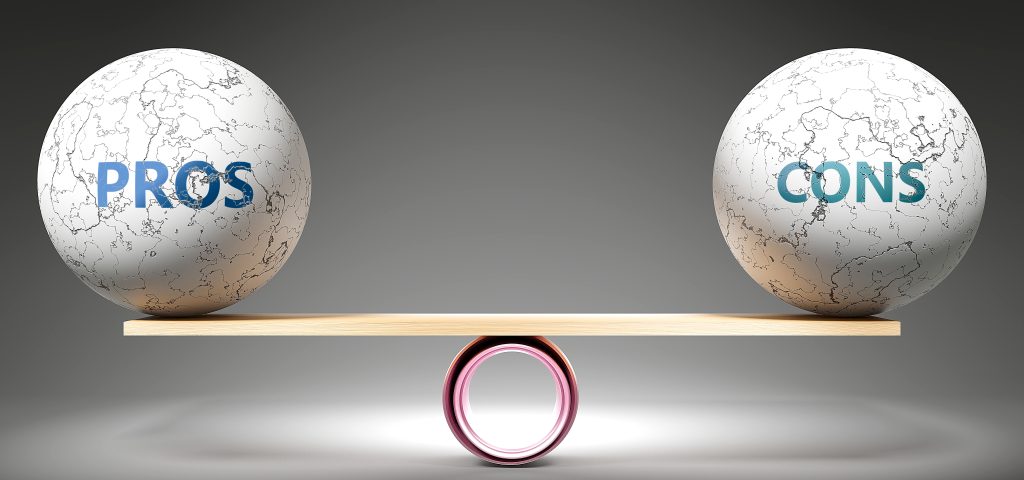
A. Advantages of AI Art
Efficiency
AI Art can be generated much faster and more efficiently than traditional art, making it possible for artists to create more pieces in less time.
Uniqueness
AI Art can produce unique and creative works that would be difficult or impossible for humans to create on their own.
Cost-effectiveness:
AI Art is more affordable than traditional art, as it eliminates the need for materials and the time required to complete a piece.
B. Limitations and Flaws of AI Art
Lack of Emotion
AI Art lacks the emotional depth and personal touch that is often present in human-made art, as it is created by algorithms rather than human creativity.
Lack of Ownership
AI Art can be easily duplicated and shared, making it difficult for artists to claim ownership and receive proper credit for their work.
Controversy
There is a growing debate about the validity of AI Art as a true form of art, with many artists and art lovers questioning whether it should be considered on the same level as human-made art.
IV. Can People Tell the Difference between AI Art and Human Art?
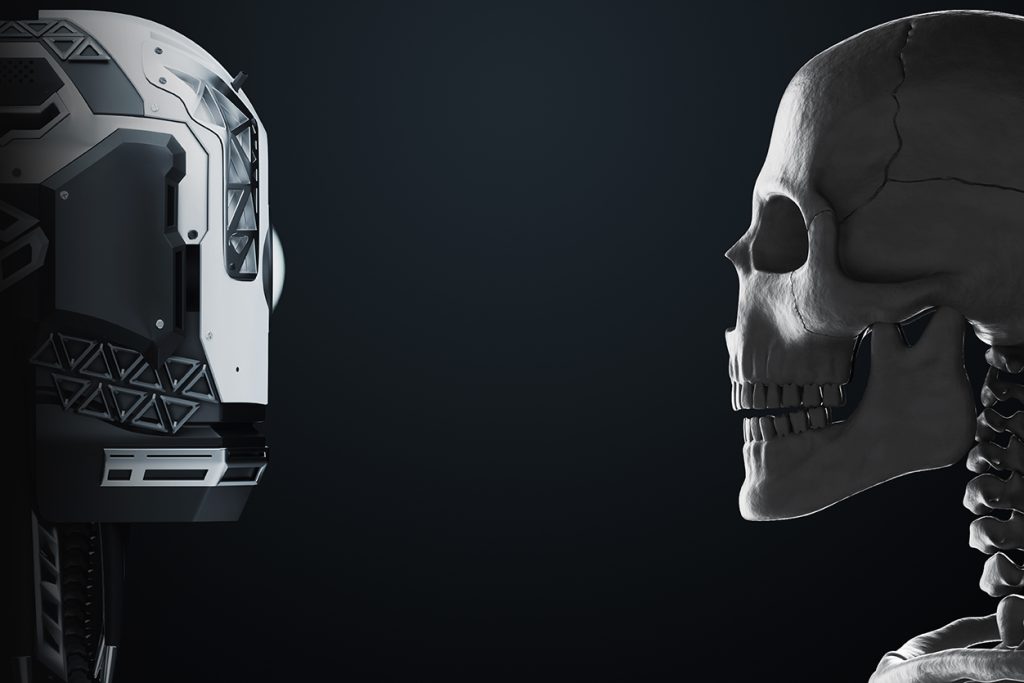
A. Differences between AI Art and Human Art
AI art and human art both have their own unique characteristics that differentiate them. AI art is created using algorithms, mathematical equations, and machine learning, while human art is created using intuition, personal experiences, and emotional expression. As a result, AI art can be precise and consistent in its execution, but may lack the personal touch and individual style that makes human art so unique. On the other hand, human art can be asymmetrical and reflect a wider range of styles, from impressionistic to abstract. Additionally, AI art is often photorealistic or surreal, while human art may vary in its representation. These differences help to distinguish the two forms of art and highlight the distinct qualities of each.
B. How to Spot AI Art
Identifying AI art can be challenging, but there are several clues to look for. One characteristic of AI art is that it often has a uniform and repetitive pattern, a higher level of symmetry, and a lack of imperfections that are commonly found in human art. Additionally, some AI art may have a specific theme or style that results in a uniformity in color, composition, and subject matter. To determine the origin of a piece of art, it’s helpful to look at the artist’s background and techniques used. Another sign of AI art is its sharpness and attention to detail in photos, which tend to be clearer than amateur photos but not as sharp as professional photos. If a photo is cropped and does not show shoulders, hands, or the whole hairdo, it may also be a sign that the photo was generated by AI.
V. AI Art and the Artist Community
A. Artists’ Views on AI Art
There is a range of views among artists when it comes to AI art. Some artists embrace AI art as a tool for creating new forms of expression, while others see it as a threat to traditional art forms. The use of AI in art has sparked a lot of debate and discussion within the artist community.
B. The Threat of AI Art to the Job Market for Artists
The rise of AI art has raised concerns about the potential for job loss within the art industry. Some artists worry that the increasing use of AI in the creation of art will lead to a decrease in demand for human artists. However, others argue that AI art will create new job opportunities, such as the need for artists to design AI systems, or to train AI systems to create specific styles of art.
C. Can AI Art Inspire or Stifle Creativity?
The impact of AI art on human creativity is a topic of debate among artists and art professionals. Some argue that AI art has the potential to inspire new forms of expression and to challenge traditional forms of art. Others worry that the increasing use of AI in the creation of art could lead to a decline in creativity, as artists become more reliant on technology and less reliant on their own imagination and skill. Ultimately, the impact of AI art on human creativity will depend on how artists choose to use it, and how they integrate it into their artistic practice.
VI. How Do Artists Feel About AI Art?
Regardless of whether you like it or not, it’s 2023, AI is here and it’s here to stay. There are artists both for and against it´s use, some who believe that artificial intelligence will replace them and others who are using it as a complement to their work, in some cases, in an exceptional way.
A. Artists Against AI Art
Some artists have concerns about the rise of AI art and its impact on the industry. Some fear that the advancements in AI technology may lead to the automation of the art industry, potentially putting human artists out of work. Additionally, some artists view AI art as lacking the emotion, personal touch, and creativity that makes human art special, affecting its value and appreciation. These concerns stem from the belief that AI art takes away the unique qualities of human creation and reduces the importance of human artistic expression and imagination.
B. Artists Embracing AI Art
Some artists have varying views on the role of AI in the world of art. Some see AI as a valuable tool for inspiration, as well as a means of collaborating with technology to create unique pieces that would be impossible to achieve alone. These artists recognize the potential of AI art to push boundaries and create new forms of expression. On the other hand, other artists see AI art as a new form of artistic expression and a tool to enhance their own work. These artists use AI algorithms to generate creative ideas, but put their own spin on the final product. In both cases, AI art provides new opportunities for artists to collaborate with technology in innovative ways.
VII. Buying and Selling AI Art
A. The Market for AI Art
The market for AI art has seen a steady growth in recent years. With advancements in technology and increasing public interest, AI-generated artworks have become more widespread and recognized. Some AI art has sold for high prices, with an AI-generated painting selling at auction for $432,500 in 2021. However, the market for AI art is still relatively small, and it remains to be seen if it will continue to grow and become a major part of the art market.
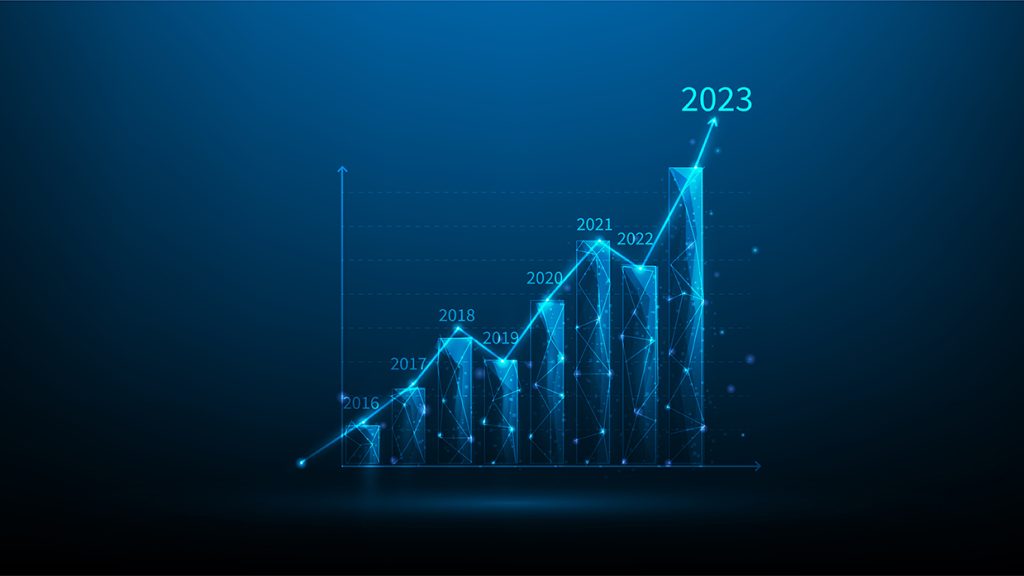
B. Legal Considerations for AI Art Ownership
The ownership of AI art is a complex issue that is still being explored by legal experts. Some experts argue that AI art should be considered intellectual property and that the creators of the AI models used to generate the art should own the rights. Others argue that the artist who chooses and implements the AI models should own the rights to the final artwork. There are also questions about who should own the rights to AI art that is created by multiple artists or AI models.
C. Ethical Issues Surrounding AI Art and Intellectual Property
The use of AI in art raises questions about creativity, originality, and authorship. Some argue that AI art is not truly creative and that it lacks originality, while others believe that AI can be just as creative as humans. The issue of ownership and intellectual property rights for AI art also raises ethical questions about the role of technology in art and the value of human creativity. It is up to society to decide how to address these issues and to determine the place of AI art in the art world.
AI Art vs Human Art: The Ultimate Comparison
What is AI Art?
The Advantages of AI Art
The Disadvantages of AI Art
What is the future of AI art?
What is Human Art?
The Advantages of Human Art
Human art has been around for centuries and has stood the test of time. Human art reflects the emotions, thoughts, and experiences of the artist and is a true reflection of human creativity. Art made by a human has a soul and a spirit that cannot be replicated by machines. Additionally, human art is often more valuable and has a higher perceived value, making it a good investment for collectors.
The Disadvantages of Human Art
What is the future of human-made art?
Conclusion
Final Thoughts on AI Art vs Human Art
The field of AI art is witnessing rapid growth, reshaping our perception of creativity and the production of art. AI art vs human art, an ongoing debate, raises intriguing questions about the future of artistic expression. While it is clear that AI has the potential to revolutionize the art world, the full extent of its impact remains to be seen. Regardless of whether AI Art is considered “true” art, it is crucial to embrace and explore the vast possibilities and potential it brings to the table. The transformative influence of AI art on the art world is still unfolding, and only time will reveal its true extent.
FAQs
What is AI Art and How Does it Work?
AI art refers to artwork created using artificial intelligence algorithms. It involves various techniques such as deep learning, neural networks, and generative adversarial networks (GANs). Tools and software like TensorFlow and OpenAI are commonly used in the creation process
How does AI create art?
AI creates art by analyzing vast amounts of data and learning patterns from it. It can generate new images, music, or text by identifying and replicating patterns found in the data it was trained on. AI algorithms can also manipulate existing art, compose music, and generate new visual aesthetics based on learned patterns.
Can AI replace human artists?
AI cannot fully replace human artists. While AI can generate art that appears visually appealing or aesthetically pleasing, it often lacks the emotional and conceptual depth that human artists convey through their work. Human artists possess the ability to draw from personal experiences, emotions, and cultural influences, resulting in artwork that is deeply meaningful and thought-provoking.
Can AI and human artists collaborate?
Yes, AI and human artists can collaborate to create unique and innovative artworks. AI can provide tools and assist in the creative process, enabling artists to explore new techniques, styles, or generate ideas. Collaboration between AI and human artists can lead to exciting combinations, pushing the boundaries of artistic expression.
Is AI art less valuable or significant compared to human art?
The value and significance of art are subjective and depend on individual perspectives. AI art has its own unique characteristics and can be appreciated for its technical prowess and the exploration of new possibilities. However, human art often holds cultural, historical, or personal significance that reflects human experiences, emotions, and social contexts. The appreciation of art should encompass both AI and human-created works.
What does the future hold for AI and human art?
The future of AI and human art holds exciting possibilities. As AI continues to develop and evolve, it may provide artists with new tools, techniques, and creative inspirations. Human artists will continue to bring their unique perspectives, emotions, and cultural influences, ensuring that art remains a deeply human endeavor. Collaboration between AI and human artists is likely to flourish, resulting in the emergence of new artistic expressions that blend human creativity with the capabilities of AI.

